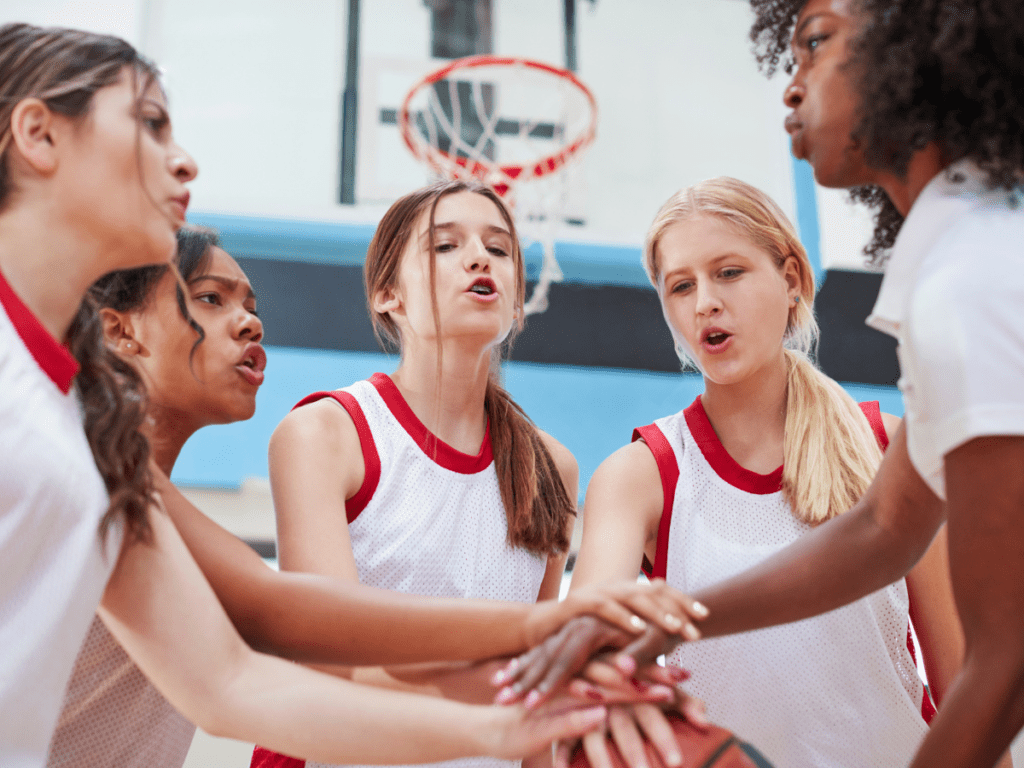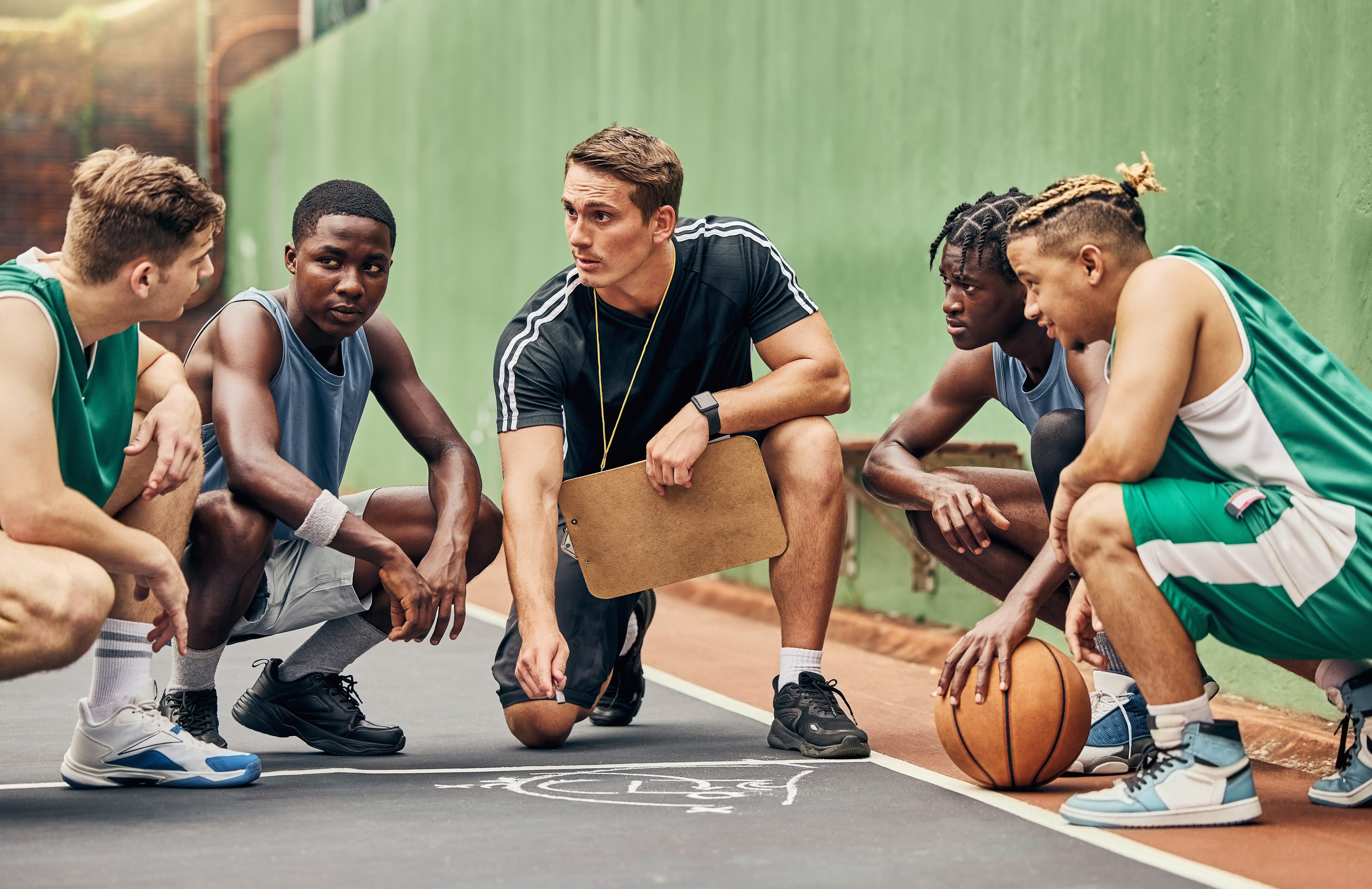Yoga and athletic performance
Yoga can have numerous benefits for physical performance and well-being. Research shows that incorporating yoga training into an athlete’s routine can increase flexibility and balance. Adding yoga to your training routine, whether you are a recreational or high-performance athlete, can provide enhancements to overall athletic performance.
How personality relates to athlete development

The development of expertise, defined as the ability to show high level performance with relative consistency, is a complex multi-determined process. In 1993, Ericsson and colleagues proposed that practice is a key piece of this puzzle, based on their seminal studies on the development of expertise among musicians. They argued that in order to develop…
Enhancing role clarity
Research on role clarity highlights 4 characteristics that help to identify how well athletes understand their roles on a team. Coaches can help athletes to understand their role by ensuring they know (1) the scope of their responsibilities, (2) the necessary behaviours to fulfil their role, (3) how coaches will evaluate role performance, and (4) the…
Digital future-proofing for sport organizations
“Organizations need to be dealing not just with the ‘now’ but to start to think about future-proofing themselves. Asking, what are you doing now? Not for next week, but to prepare for the next 3-5 years?” says Michael Naraine, an Associate Professor of Sport Management at Brock University. To him, future-proofing is dependent on good…
Parenting in Parasport
Parents of athletes with disabilities face challenges like limited local sport options and funding, but they also experience benefits like social inclusion and support. Scholars suggest that sport programs should tackle these cultural and environmental barriers and actively involve parents in creating support systems. Additionally, there is a need to enhance talent identification pathways for…
Sport participation through the transition from adolescence to adulthood

View the summary of this research here. Introduction and context Studying factors that contribute to sport participation maintenance in a context where so many people drop out of sports will help develop better strategies and interventions aimed at increasing the number of Canadian sport participants. However, previous studies were of very short duration and with…
How to avoid groupthink in sport environments
Groupthink is when members of a group allow their desire for cohesion to override their motivation to critically consider alternative courses of action. Sports teams and organizations are vulnerable to conformity because of a strong desire to belong and fit in. To avoid groupthink, encourage diversity on your team, create an enviroment where athletes feel…
Navigating nutrition for adolescent athletes
Adolescence is an important period of physical growth and the development of one’s relationship with food. Researchers assert that those providing nutritional advice to adolescent athletes should emphasize sustainable long-term health and avoid a focus on body composition, which can contribute to the development of disordered eating practices or low energy availability. Adolescent athletes need…
Sleep hygiene
Sleep hygiene is an important aspect of recovery and includes behaviours that promote improved quantity and quality of sleep. Sleep is especially important for athletic performance and inadequate sleep can hinder an athlete’s ability to recover from training or injuries. Some sleep strategies that can be used to help improve sleep hygiene include maintaining a…
Establishing role expectations
A team’s success depends on how well each athlete understands and performs their role. To create a sustainable winning culture, coaches must give each team member, from starters to bench players, a set of behaviours that can become personally meaningful. Learn more about how to establish and communicate role expectations in the SIRC blog.